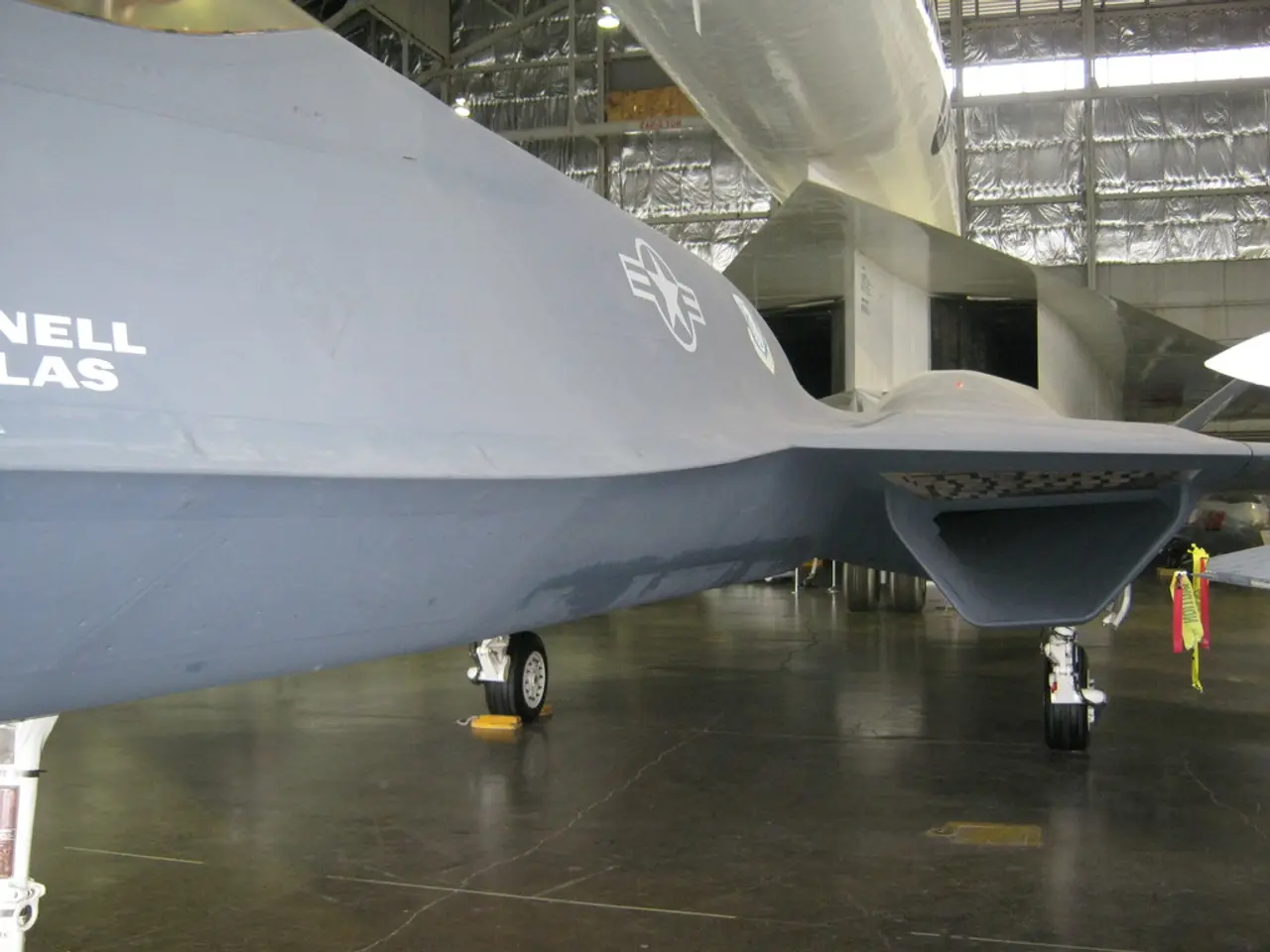Increasing Demand for Narrow-Body Aircraft in Asia-Pacific Forecasted to Reach $180.8 Billion by 2033
The global Narrow-Body Aircraft Market is poised for a robust growth trajectory over the next two decades, driven by a myriad of factors shaping the aviation industry.
The mature air travel infrastructure in regions like Europe and North America, coupled with a focus on replacing aging fleets with fuel-efficient models, is setting the stage for this growth. Leading carriers such as Ryanair, Lufthansa, and easyJet are investing in modern fleets like the Airbus A321XLR.
Key drivers and trends include the rising demand for fuel efficiency and advanced materials. Manufacturers are innovating with lighter, stronger composite materials, such as carbon fiber reinforced polymers, to reduce weight and improve aerodynamic performance. This is particularly crucial for narrow-body aircraft used mainly on short- to medium-haul routes.
Global air travel is expanding, especially in emerging markets across Asia-Pacific. This growth is elevating demand for smaller, more efficient narrow-body aircraft to serve growing passenger volumes and network connectivity on medium-haul flights.
Technological advancements and innovation are also playing a significant role. Ongoing progress in design, manufacturing processes, and materials is improving the durability, performance, and operational efficiency of narrow-body aircraft. This includes advancements in aircraft components such as fairings, nose cones, landing gear, and propeller systems that contribute to overall aircraft efficiency and lifecycle cost reduction.
Sustainability and regulatory pressure are also influencing the market. Stricter environmental regulations and airline commitments to lower emissions are driving the adoption of more aerodynamic designs, lightweight materials, and potentially hybrid or electric propulsion technologies.
Airlines, especially low-cost and regional carriers, are renewing their fleets to improve fuel efficiency, reduce maintenance costs, and comply with new standards. This fleet expansion and replacement cycle is fuelling steady market growth.
Regional market dynamics reveal that North America and Europe remain strong due to established aerospace manufacturing bases and demand. However, the Asia-Pacific region is projected to see the fastest growth, spurred by expanding domestic and regional air travel networks.
Strategic industry collaborations between aircraft manufacturers and component suppliers are accelerating innovation and market expansion by sharing technology and managing costs across the value chain.
Africa, China, India, Southeast Asian nations, Latin America, and the Middle East also present significant market expansion opportunities. For instance, Africa shows potential in countries like South Africa, Nigeria, and Kenya, with improved airport facilities and liberalized air service agreements. China, India, and Southeast Asian nations are leading demand, driven by rapid urbanization, rising middle-class incomes, and aggressive airline expansion strategies. In Latin America, the market is primarily driven by Brazil and Mexico, where low-cost carriers are expanding fleets. The Middle East serves as a critical transit hub for global aviation, with airlines such as Flydubai and Air Arabia expanding fleets to tap into the surge in regional tourism.
Models like the Airbus A321XLR are opening new medium-haul markets. Moreover, the adoption of Sustainable Aviation Fuels (SAF) could significantly cut carbon footprints.
Predictive maintenance with digital tools and AI integration is reducing downtime and extending aircraft lifespans. Despite challenges like production bottlenecks and fuel volatility, the long-term trajectory of the Narrow-Body Aircraft Market is undeniably positive.
The Boeing 737 MAX series continues to dominate, although Airbus A320neo family aircraft are steadily increasing their market share. The Boeing 737 MAX's grounding and subsequent return to service have impacted its market position, but it remains a significant player. Meanwhile, the Airbus A320neo family's efficiency and performance are gaining favour with airlines worldwide.
In summary, the Narrow-Body Aircraft Market growth during this period will be shaped primarily by fuel efficiency demands, global air travel growth, materials and technology innovation, environmental regulations, fleet renewal cycles, and emerging market expansion. These factors underpin a steady to robust Compound Annual Growth Rate (CAGR) for aircraft components and related markets indicative of the overall narrow-body aircraft sector expanding between 2025 and 2033.
Read also:
- Weekly updates from the German federal parliament, Bundestag
- Why Opt for Renewable Energy: 5 Key Advantages
- Carpool lane residency: Apologies to electric vehicle drivers, it's about time for genuine carpools to claim the carpool lane privilege
- Regulation of mining operations by LEAG contract for monuments preservation




